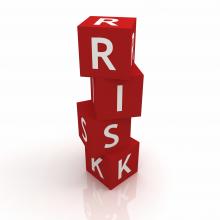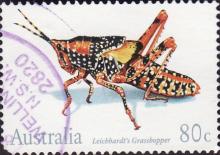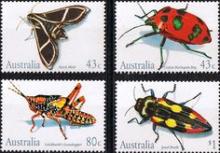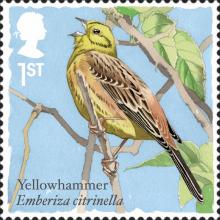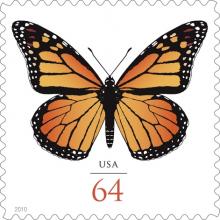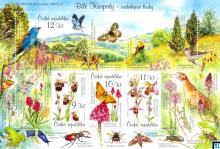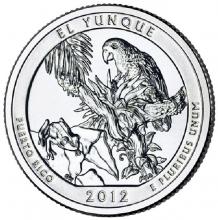Time-Cumulative Toxicity of Neonicotinoids: Experimental Evidence and Implications for Environmental Risk Assessments
Experimental evidence demonstrates that the toxicity of neonicotinoids increases with exposure time as much as with the dose, and therefore it has been described as time-cumulative toxicity. This pattern of toxicity, also found among carcinogenic compounds and other toxicants, has been ignored in ecotoxicology and risk assessments for a long time. The implications of the time-cumulative toxicity of neonicotinoids on non-target organisms of aquatic and terrestrial environments are far reaching.

